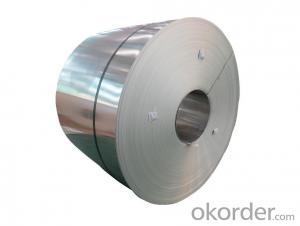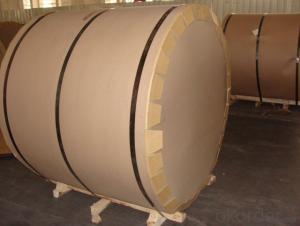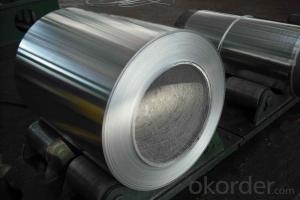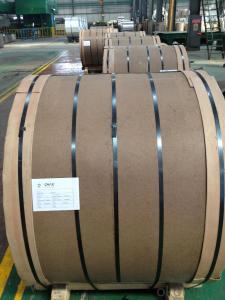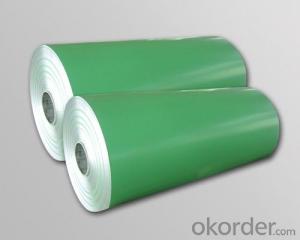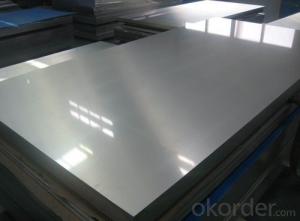Aluminum Copper Sheets - Aluminium Coils AA1100 for Manufacturing Coated Coils
- Loading Port:
- Shanghai
- Payment Terms:
- TT OR LC
- Min Order Qty:
- 3 m.t.
- Supply Capability:
- 10000 m.t./month
OKorder Service Pledge
OKorder Financial Service
You Might Also Like
Specification
1.Structure of Aluminium Coils AA1100 for Manufacturing Coated Coils Description
The aluminum content of Aluminium Coils AA1100 for Manufacturing Coated Coils is 99% at least. It has great ductility, heat conductivity, anti-corrosion and moisture resistance properties.
Aluminium Coils AA1100 for Manufacturing Coated Coils is widely used for electronics, instruments, lighting decoration, packing industry, house decoration, curtain wall, honeycomb-core panel, sandwich panel, aluminum composite panel and aluminum composite pipes.
2.Main Features of the Aluminium Coils AA1100 for Manufacturing Coated Coils
• Superior quality of raw material
• Reasonable and stable chemical composition
• Accurate tolerance
• Goode mechanical property
3.Aluminium Coils AA1100 for Manufacturing Coated Coils Images

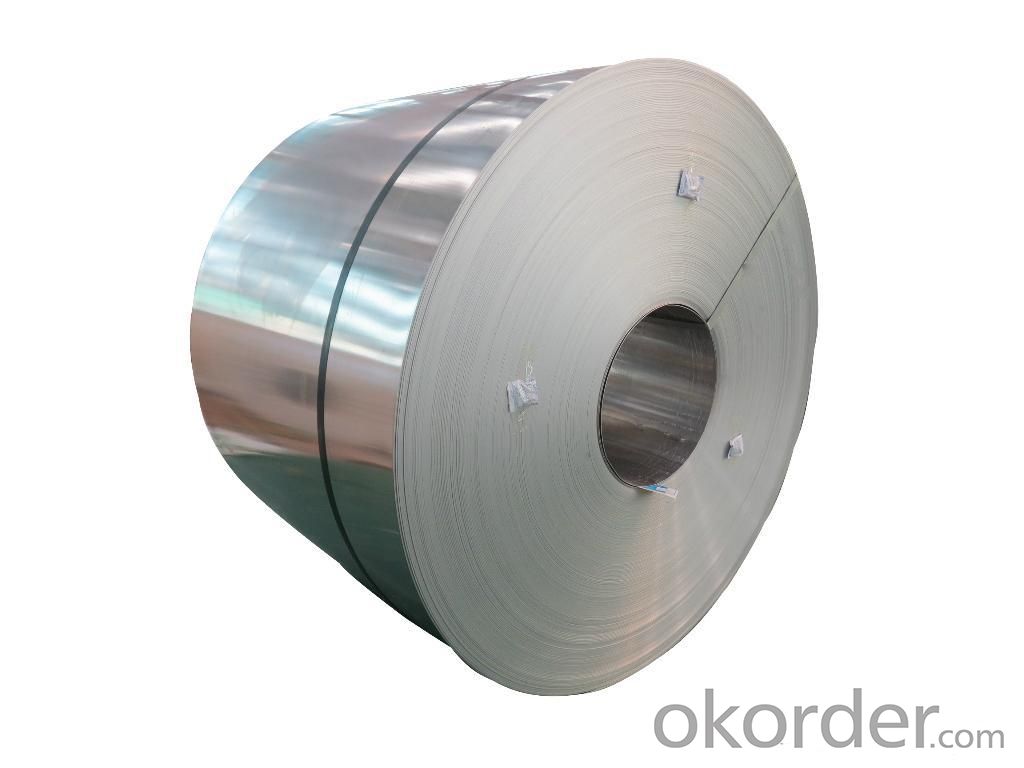
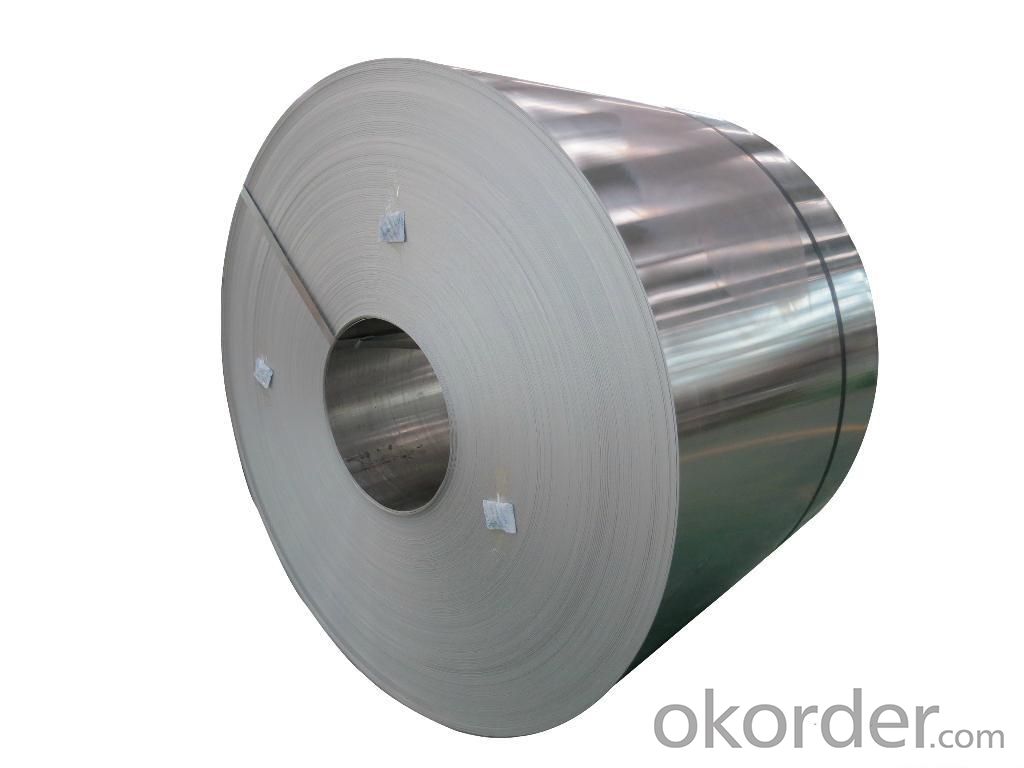
4.Aluminium Coils AA1100 for Manufacturing Coated Coils Specification
Alloy | AA1xxx (AA1050, AA1060, AA1070, AA1100 etc. |
Temper | H14, H16, H18, H22, H24, H26, H32, O/F |
Thickness | 0.2mm -- 100mm |
Width | 30mm -- 1700mm |
Standard | GB/T 3880-2006,EN,ASTM,JIS |
5. FAQ of Aluminium Coils AA1100 for Manufacturing Coated Coils
A.How to guarantee the quality?
Customers are welcome to our mill to visit and check the products. Besides, we can arrange a third party to test Aluminium Coils AA1100 for Manufacturing Coated Coils products.
B.When will you deliver the products?
Aluminium Coils AA1100 for Manufacturing Coated Coils will be delivered within 35 days after receiving advanced payment or original L/C.
- Q: What are the different methods of surface coating aluminum sheets?
- Aluminum sheets can be coated using various methods, each with its own advantages and applications. Anodizing, powder coating, and painting are the most commonly used methods. Anodizing is a process that creates a strong and corrosion-resistant layer on the surface of aluminum sheets. By immersing the sheet in an electrolyte solution and passing an electric current through it, an oxide layer is formed. This layer can be dyed to achieve different colors. Anodized aluminum sheets are widely used in architecture, automotive, and aerospace industries. Powder coating is another popular method where dry powder is electrostatically applied onto the surface of aluminum sheets. The sheet is then heated, causing the powder to melt and form a durable protective coating. Powder coating provides excellent resistance to chemicals, UV rays, and harsh weather conditions. It finds applications in construction, automotive, and electronics industries. Painting is a traditional method where liquid paint is applied onto the surface of aluminum sheets using brushes, rollers, or spray guns. This method allows for a wide range of colors and finishes. Painted aluminum sheets are commonly used in signage, architectural facades, and interior design where aesthetics and customization are important. Other methods of coating aluminum sheets include cladding, laminating, and adhesive bonding. Cladding involves attaching a different material, such as stainless steel or copper, to the surface of aluminum sheets. Laminating involves bonding a protective film to enhance durability and appearance. Adhesive bonding involves applying a layer of adhesive and then bonding a different material or coating. Ultimately, the choice of surface coating method for aluminum sheets depends on specific requirements such as durability, aesthetics, corrosion resistance, and cost for each application.
- Q: How could two pieces of aluminium flakes be welded together?
- its welding strength is very high. you can use the following methods to weld two pieces of aluminum sheets together: 1, strict deformation control requirement. 3, it can prevent some flux remnant during welding. 3,the welding wire welding of low temperature M51 and M51-F is operated under 179?C.or they are welded in the situation of being especially thin.4, it can solve the welding of 3 series aluminium alloys and casting, and its welding temperature is 380-400?C.its advantage is that you don't need any flux during welding. WE53 low temperature aluminium welding wire has a high affinity in welding 7 series aluminium alloys. and Q303 low temperature aluminum welding wire has a high affinity for the welding of 1 series aluminium alloys, die casting or 6 series welding materials.
- Q: Are aluminum sheets suitable for chemical storage applications?
- Yes, aluminum sheets are suitable for chemical storage applications. Aluminum is a corrosion-resistant material that can withstand exposure to various chemicals, making it a suitable choice for storing a wide range of chemicals safely.
- Q: Can aluminum sheets be embossed or engraved?
- Yes, aluminum sheets can be embossed or engraved.
- Q: Can the aluminum sheets be used for manufacturing automotive wheels?
- Yes, aluminum sheets can be used for manufacturing automotive wheels. Aluminum is a lightweight and durable material that is commonly used in the automotive industry due to its high strength-to-weight ratio. Aluminum sheets can be formed and machined into the desired shape and specifications required for automotive wheels. Additionally, aluminum has excellent corrosion resistance properties, which is beneficial for automotive wheels that are exposed to various weather conditions and road debris. Overall, aluminum sheets are a suitable material for manufacturing automotive wheels, providing a balance of strength, weight, and corrosion resistance.
- Q: Are aluminum sheets suitable for hydraulic applications?
- Yes, aluminum sheets are suitable for hydraulic applications. Aluminum is known for its excellent strength-to-weight ratio, corrosion resistance, and high thermal conductivity, making it a suitable material for hydraulic systems. It is commonly used in the construction of hydraulic tanks, cylinders, and other components due to its durability and ability to withstand high pressure and fluid flow.
- Q: Can aluminum sheets be used for sign making?
- Sign making can indeed utilize aluminum sheets. The sign making industry favors aluminum for its resilience, lightweight properties, and ability to resist corrosion. It can be effortlessly cut and molded into different dimensions and styles, granting it versatility across various sign types. Moreover, aluminum sheets can undergo painting or coating with vinyl graphics to increase their visual allure, enhancing their ability to attract attention. Ultimately, aluminum sheets present a dependable and economical choice for crafting signs that are both durable and of superior quality.
- Q: Are aluminum sheets suitable for storage tanks?
- Yes, aluminum sheets can be suitable for storage tanks depending on the specific requirements and purpose of the tank. Aluminum is a lightweight and corrosion-resistant material, making it an excellent choice for various storage applications. It offers good structural integrity and durability, with the ability to withstand harsh environments and weather conditions. Additionally, aluminum has a high strength-to-weight ratio, which means it can handle heavy loads while remaining relatively lightweight. However, it is important to consider the contents of the storage tank and consult with experts to ensure that aluminum is the appropriate material choice for the specific storage requirements.
- Q: What are some common applications of aluminum sheets?
- Aluminum sheets have a wide range of applications due to their unique properties. Some common applications of aluminum sheets include: 1. Construction: Aluminum sheets are commonly used in the construction industry for roofing, siding, and window frames. Their lightweight nature and durability make them an ideal choice for these applications. 2. Automotive industry: Aluminum sheets are extensively used in the automotive industry to manufacture car bodies, panels, and components. The lightweight nature of aluminum helps reduce the overall weight of vehicles, leading to improved fuel efficiency. 3. Packaging: Aluminum sheets are commonly used for packaging purposes, especially in the food and beverage industry. They are used to make cans, foils, and lids, thanks to their ability to preserve the freshness and quality of the packaged products. 4. Aerospace industry: Aluminum sheets play a vital role in the aerospace industry. They are used to manufacture aircraft bodies, wings, and structural components due to their high strength-to-weight ratio, corrosion resistance, and ability to withstand extreme temperatures. 5. Electrical industry: Aluminum sheets are used in the electrical industry for various applications, including manufacturing electrical enclosures, transformers, and bus bars. Aluminum's excellent conductivity and lightweight nature make it a preferred choice for these applications. 6. Marine industry: Aluminum sheets are widely used in the marine industry for building boats, ship hulls, and other marine structures. Aluminum's resistance to corrosion and its ability to withstand harsh marine environments make it a suitable material for these applications. 7. Decorative purposes: Aluminum sheets are frequently used for decorative purposes in architecture and interior design. They can be shaped, engraved, or coated with different finishes to create aesthetically pleasing surfaces for walls, ceilings, furniture, and signage. These are just a few examples of the common applications of aluminum sheets. The versatility, durability, and lightweight nature of aluminum make it a highly sought-after material in various industries.
- Q: This question asks about the various types of aluminum foil used specifically for the purpose of food packaging.
- <p>Aluminum foil used for food packaging comes in several types, each with specific applications: 1. Heavy-duty foil: Strong and durable, used for roasting meats and baking. 2. Light-duty foil: Thinner and more flexible, ideal for lining baking sheets and wrapping foods. 3. Reynolds Wrap: A brand known for its non-stick and heavy-duty aluminum foils, suitable for a wide range of cooking and baking needs. 4. Aluminum foil rolls: Available in various widths, used for general food wrapping and sealing. 5. Pre-cut aluminum foil squares: Convenient for individual food portions and small wrapping tasks. Each type offers different levels of heat resistance, malleability, and non-stick properties, catering to diverse food packaging requirements.</p>
Send your message to us
Aluminum Copper Sheets - Aluminium Coils AA1100 for Manufacturing Coated Coils
- Loading Port:
- Shanghai
- Payment Terms:
- TT OR LC
- Min Order Qty:
- 3 m.t.
- Supply Capability:
- 10000 m.t./month
OKorder Service Pledge
OKorder Financial Service
Similar products
Hot products
Hot Searches
Related keywords















